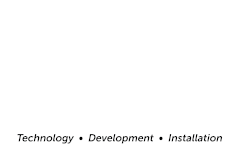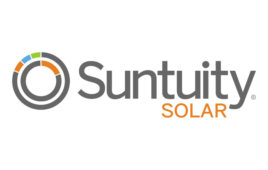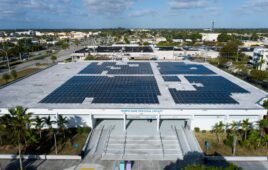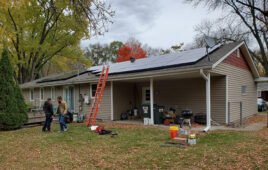Vote Solar’s Access & Equity Advisory Committee (AEAC) released a policy brief today that provides solutions to barriers in state-run solar program implementation in low- to moderate-income communities. The AEAC is composed of energy leaders from Vote Solar and a rotating list of partner organizations, including GRID Alternatives, the NAACP and Nexamp (see below for full list).
The Committee is recommending two key initiatives for more successful solar expansion programs: (1) automatic enrollment in community solar programs and (2) grant support for more robust community engagement.
“Solar program implementation for LMI customers can be uneven and more complicated than necessary,” said Melanie Santiago-Mosier, Vote Solar’s managing director of Access & Equity. “Following these recommendations can streamline program implementation and ultimately ensure the benefits of solar are spread more equitably.”
Automatic enrollment means that households eligible for low- and moderate-income (LMI) solar programs would automatically be enrolled in a solar program through qualification for another government program, such as the Low-Income Home Energy Assistance Program (LIHEAP). The AEAC found that one of the biggest barriers to implementing LMI community solar programs is a cumbersome, lengthy and often humiliating income verification process in which both the state and the solar vendor are involved. Streamlining this process is critical to enrolling more families in community solar programs.
“We stand with Vote Solar and our colleagues in demanding that any clean energy transition focuses first on restorative justice,” said Daphany Rose Sanchez of Kinetic Communities Consulting. “By moving the dial, streamlining resources, and empowering local organizations to lead the energy transformation, we can see BIPOC and other disinvested communities lead the charge.”
Localized community engagement is required to build trust and address the unique needs of the community. Currently, under most state-run programs, if a vendor receives money from the state to deploy solar for LMI communities, that money is for the solar projects only and doesn’t cover the cost of engaging with customers. State and federal funding programs should include specific allocations for community outreach and education about LMI solar programs and approved vendors, allowing vendors to hire dedicated community outreach staff, engage with community organizations to create a customer acquisition pipeline and market their product effectively.
“Policymakers and the solar industry must think critically about solutions like these to ensure low-wealth communities do not get left behind in the clean energy transition,” says Olivia Nedd, Vote Solar’s policy director of the Access & Equity Program. “Solar is a big part of that transition and the AEAC hopes it can continue to share ways of ensuring that an equitable clean energy future comes to fruition.”
Access & Equity Advisory Committee Members
Gary Skulnik, Neighborhood Sun
Yesenia Rivera, Solar United Neighbors
Beth Galante, PosiGen
Alexandra Wyatt, GRID Alternatives
Lynn Heller, Climate Access Fund
Denise Abdul-Rahman, NAACP
Daphany-Rose Sanchez, Kinetic Communities Consulting
Zaid Ashai, Nexamp
Brandy Hyatt, Vote Solar
Melanie Santiago-Mosier, Vote Solar
Olivia Nedd, Vote Solar
News item from Vote Solar





Yes!! We need more help in getting the information and funding help to the Lower Income People in America. Also the information on homeowners credit that was continued till 2022 for residential going solar. We need a lot of help in Southeast Arkansas please.
Thanks for the summary and for highlighting this important topic.
It might be worth clarifying that report suggests automatic qualification, which is distinct from automatic enrollment. Automatic enrollment isn’t defined in the report, but it suggests participants take no action as part of their enrollment, also known as opt-out. Automatic qualification does not seem to be a reference to the enrollment process, whether opt-in or opt-out, but rather the materials a participant may or may not have to present as part of their enrollment.